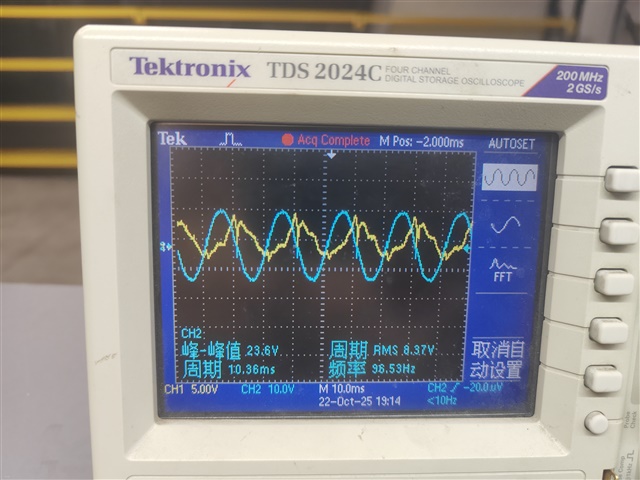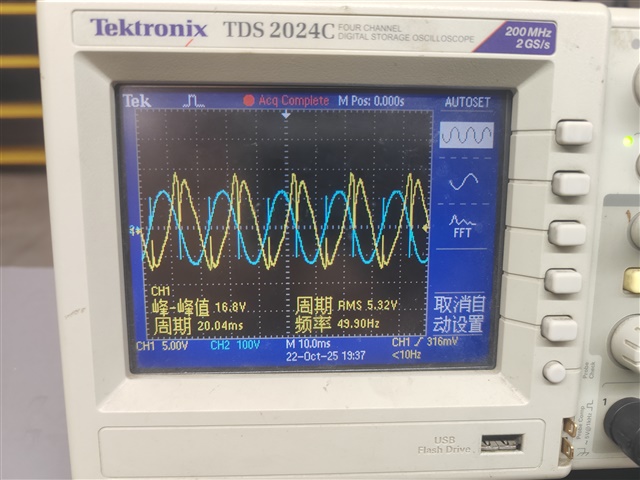I have currently conducted three experiments by modifying the relay closing conditions and AUTOSTART judgment criteria:
- The relay closes first (when Vbus = 80V); after the program runs (by increasing the input voltage until Vbus = 100V), the voltage is boosted, triggering overcurrent protection.
- After boosting the voltage (when Vbus exceeds 90V) and reaching the relay closing condition (Vbus = 150V), overcurrent protection is triggered.
- After boosting the voltage (when Vbus exceeds 90V), the relay (set to close when Vbus exceeds 250V) does not close, and the voltage rises normally.
However, the PTC resistor currently in use definitely cannot operate under load for a long time. I am now trying to replace the PTC resistor with a 20-ohm NTC resistor, hoping for success.


